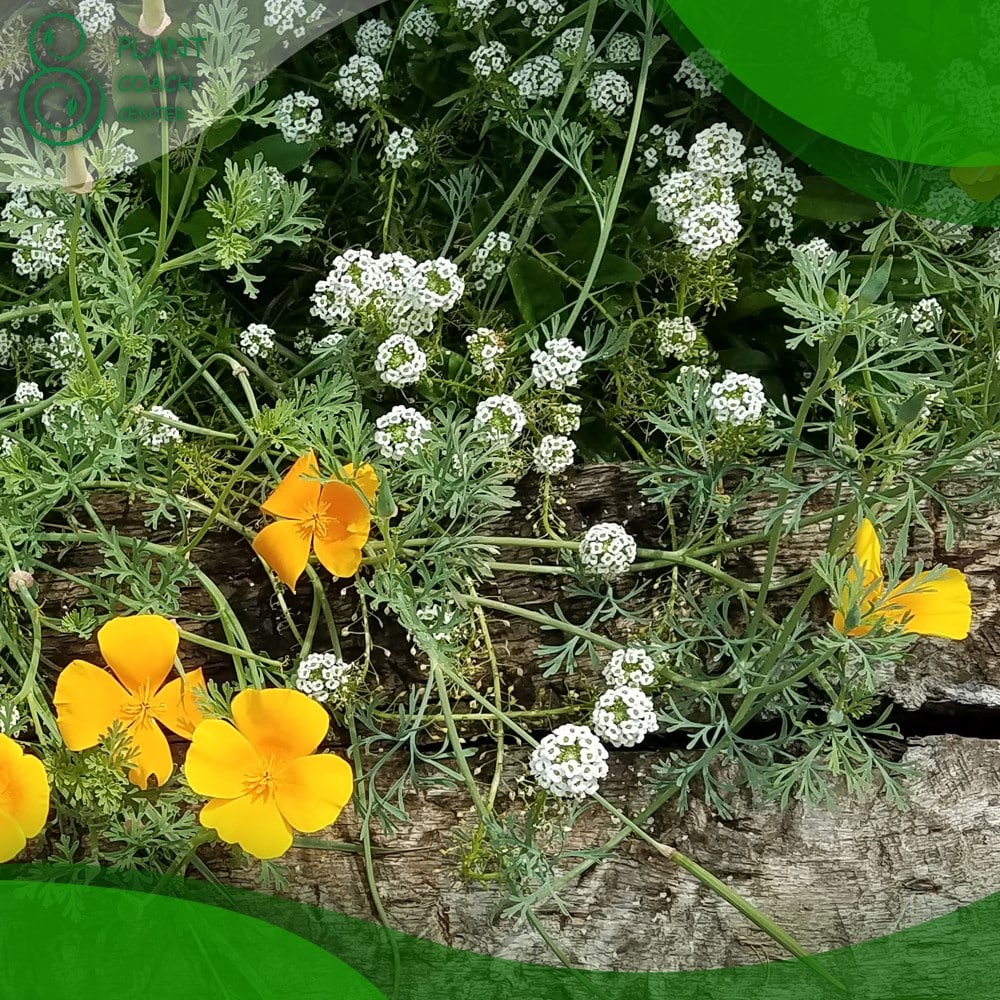When to Plant a Propagated Plants
Plant propagation is the process of creating new plants from a variety of sources, such as seeds, cuttings, and division. Propagating plants can be a fascinating and rewarding process for gardeners and plant enthusiasts, but it’s important to understand when to plant propagated plants for the best possible results.
In this article, we’ll explore the factors to consider when planting propagated plants, techniques for propagating plants, steps to take before planting, when to plant specific types of propagated plants, common problems when planting, and tips for successful planting and growth.
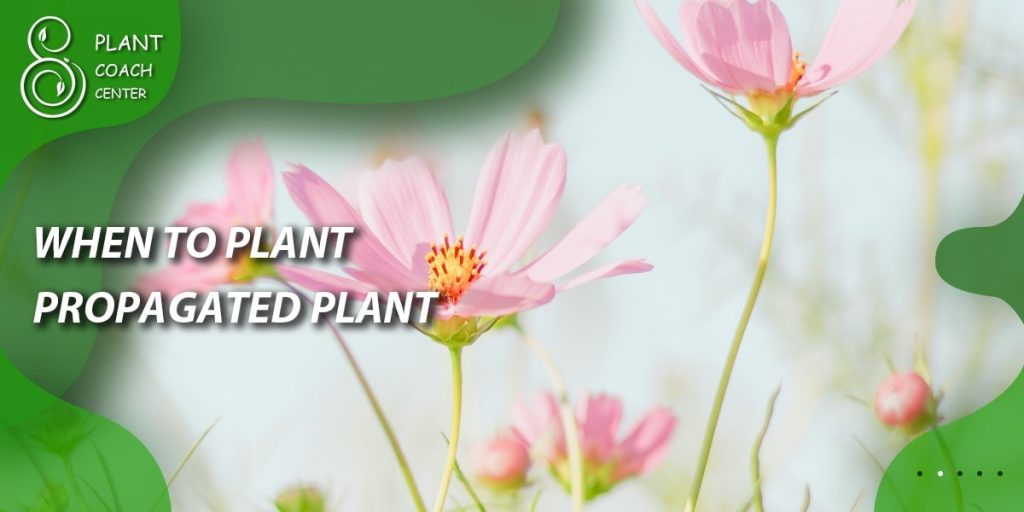
Factors to Consider When Planting Propagated Plants
When planting propagated plants, there are several factors to consider to ensure the best possible outcome. These include:
– Type of plant being propagated: Different plants have different growth requirements, so it’s important to research the specific needs of the plant you’re propagating.
– Time of year: The time of year can affect the success of planting propagated plants. Some plants do best when planted in the spring, while others thrive when planted in the fall.
– Climate and weather conditions: Climate and weather conditions can also play a role in the success of planting propagated plants. Some plants may not do well in extreme heat or cold.
– Soil type and quality: The soil type and quality can affect the growth of propagated plants. It’s important to prepare the soil properly before planting.
– Sunlight and shade requirements: Different plants have different requirements for sunlight and shade. Make sure you know what your plant needs before planting.
– Watering needs: Proper watering is essential for the growth of propagated plants. Make sure you understand the watering needs of the plant you’re propagating.
Techniques for Propagating Plants
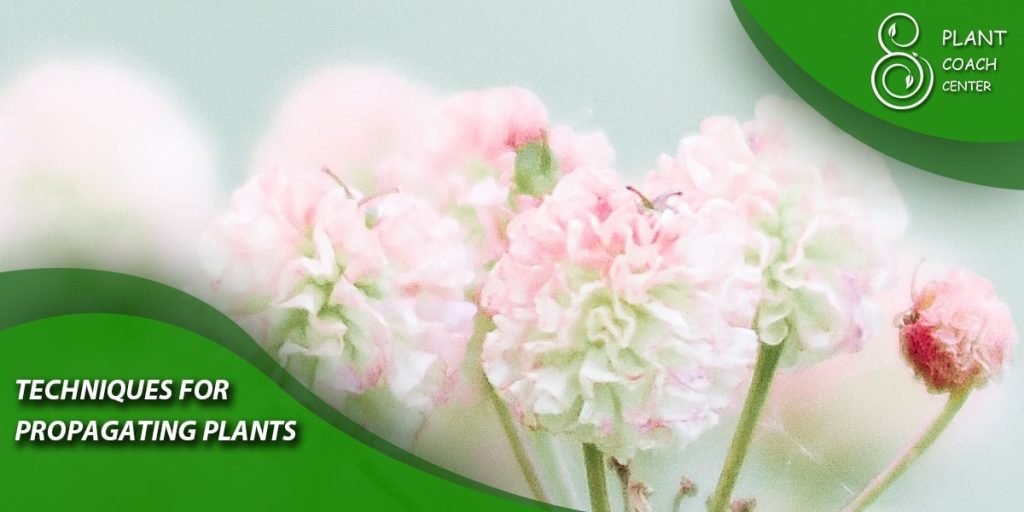
There are several techniques for propagating plants, including:
– Stem cuttings: Stem cuttings involve taking a stem from a healthy plant and rooting it in soil or water.
– Leaf cuttings: Leaf cuttings involve taking a leaf from a healthy plant and rooting it in soil or water.
– Root cuttings: Root cuttings involve taking a piece of root from a healthy plant and rooting it in soil.
– Division: Division involves separating a plant into multiple parts, each of which can grow into a new plant.
– Layering: Layering involves bending a branch or stem of a plant and burying part of it in soil, encouraging it to develop roots and eventually grow into a new plant.
– Grafting: Grafting involves joining two different plants together to create a new plant with the desirable qualities of both.
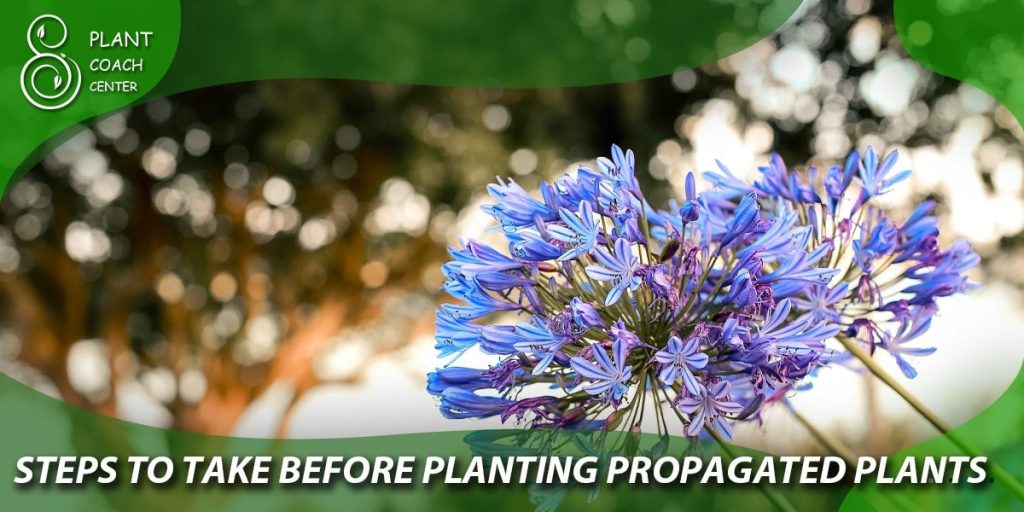
Steps to Take Before Planting Propagated Plants
Before planting propagated plants, there are several steps you should take to ensure the best possible outcome:
– Prepare the soil: The soil should be properly prepared with the right nutrients and pH levels for the specific plant you’re propagating.
– Fertilize: Depending on the plant, you may need to fertilize the soil before planting.
– Treat for pests and diseases: It’s important to make sure the soil and surrounding area are free from pests and diseases that could harm your propagated plant.
– Harden off (if necessary): Some plants may need to be gradually acclimated to outdoor conditions before being planted.
When to Plant Specific Types of Propagated Plants
Different types of plants have different requirements for when they should be planted. Here are some general guidelines:
– Annuals: Annuals are typically planted in the spring after the last frost.
– Perennials: Perennials can be planted in the spring or fall, depending on the specific plant.
– Shrubs: Shrubs are typically planted in the fall or early spring.
– Trees: Trees are typically planted in the fall or early spring.
– Vegetables: Vegetables are typically planted in the spring after the last frost.
– Herbs: Herbs are typically planted in the spring or fall, depending on the specific herb.
– Houseplants: Houseplants can be planted at any time of year, but it’s important to make sure they have the right conditions for growth.
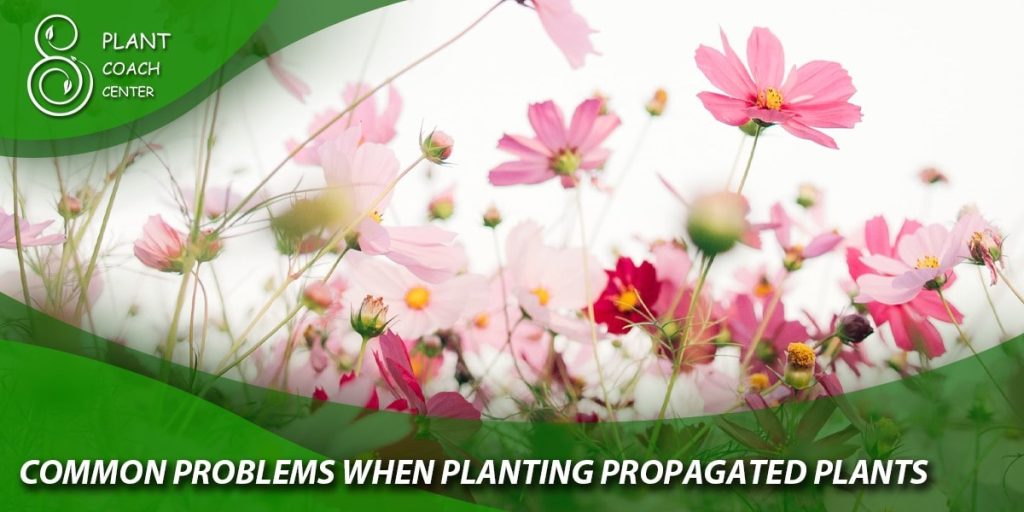
Common Problems When Planting Propagated Plants
Planting propagated plants can come with its own set of challenges. Here are some common problems and how to address them:
– Damping off: Damping off is a fungal disease that can kill young seedlings. To prevent damping off, make sure the soil is well-draining and avoid overwatering.
– Transplant shock: Transplant shock can occur when a plant is moved from one location to another, causing stress and potentially harming the plant. To prevent transplant shock, make sure the plant is well-hydrated before transplanting and avoid disturbing the roots as much as possible.
– Overwatering/underwatering: Overwatering or underwatering can harm propagated plants. Make sure the plant is getting the right amount of water for its specific needs.
– Root rot: Root rot can occur when the soil is too wet and the roots of the plant become damaged. To prevent root rot, make sure the soil is well-draining and avoid overwatering.
– Pestsand diseases: Pests and diseases can harm propagated plants. To prevent infestations or infections, make sure the surrounding area is clean and free from debris, and monitor the plant regularly for any signs of pests or diseases.
Tips for Successful Planting and Growth
To ensure successful planting and growth of propagated plants, here are some tips to keep in mind:
– Proper watering techniques: Make sure you’re watering the plant according to its specific needs and that the soil is well-draining.
– Fertilizing requirements: Depending on the plant, you may need to fertilize the soil periodically to ensure healthy growth.
– Pruning and shaping: Pruning and shaping the plant can help promote healthy growth and a desirable shape.
– Mulching: Mulching can help retain moisture in the soil and suppress weeds.
– Monitoring for pests and diseases: Regularly monitor the plant for any signs of pests or diseases and address them promptly if they occur.
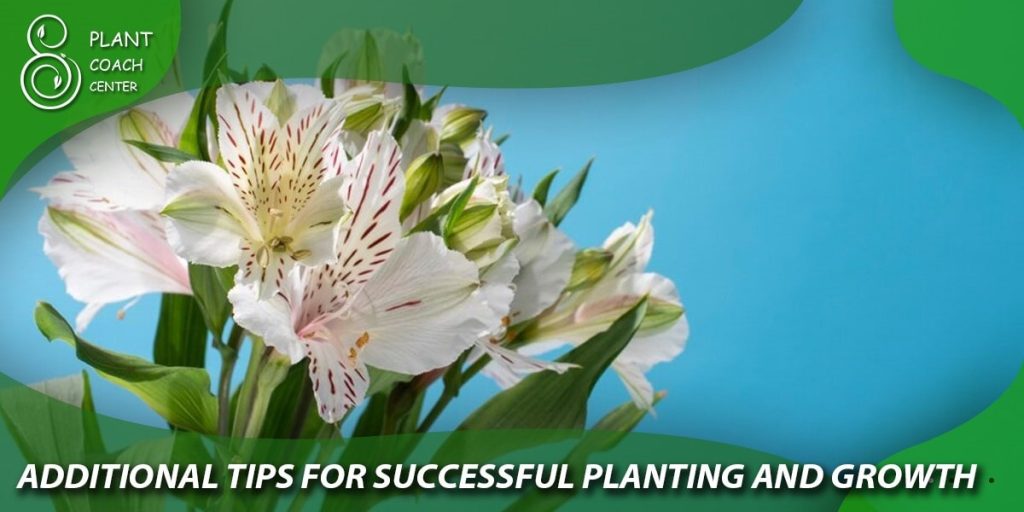
Additional Tips for Successful Planting and Growth
Here are some additional tips that can help ensure successful planting and growth of propagated plants:
– Choose healthy parent plants: When propagating plants, it’s important to choose parent plants that are healthy and free from pests and diseases. This will increase the chances of success and help ensure that the propagated plants are healthy as well.
– Use rooting hormone: For some types of propagation, such as stem cuttings, using a rooting hormone can increase the chances of success. Rooting hormone helps stimulate root growth, which can help the cutting establish itself more quickly.
– Provide proper support: Some plants, such as vines, may require support to grow properly. Make sure you provide the right type of support, such as a trellis or stake, to help the plant grow in the desired direction.
– Adjust watering and fertilizing as needed: As the plant grows, its watering and fertilizing needs may change. Make sure you monitor the plant regularly and adjust its care as needed to ensure healthy growth.
– Consider microclimates: Microclimates are small areas within a larger climate that have slightly different conditions. For example, a south-facing wall may be warmer than the surrounding area. Understanding microclimates can help you choose the best location for your propagated plant.
– Patience is key: Propagating and planting plants can be a slow process. It’s important to be patient and not expect immediate results. Some plants may take several weeks or even months to establish themselves and begin growing.
– Be mindful of the environment: The environment in which you plant your propagated plants can greatly affect their success. Make sure you choose a location with the proper sunlight, soil, and other conditions for the specific plant you’re propagating.
– Consider companion planting: Companion planting involves planting different types of plants together that benefit each other in some way. For example, planting marigolds with tomatoes can help deter pests. Consider companion planting when planting propagated plants to help promote healthy growth.
– Don’t be afraid to experiment: Plant propagation can be a fun and experimental process. Don’t be afraid to try new techniques or plant different types of plants to see what works best for you.
– Seek help when needed: If you’re having trouble with your propagated plants, don’t hesitate to seek help from a plant coach or other gardening expert. They can provide guidance on how to address common problems and ensure the success of your propagated plants.
Conclusion
Plant propagation can be a fun and rewarding process, but it’s important to understand when to plant propagated plants for the best possible results.
By considering the factors mentioned in this article, using the proper techniques for propagating plants, taking the right steps before planting, and monitoring the plant for common problems and using the tips for successful planting and growth, you can enjoy healthy, thriving plants.
For more information and resources on plant coaching and plant problems, visit plantcoachcenter.com.
When should I plant a propagated plant?
Spring or early summer.
Can I plant a propagated plant in winter?
No.
Is it better to plant a propagated plant in the morning or evening?
Either time is fine.
How long should I wait before planting a propagated plant?
2-3 weeks.


